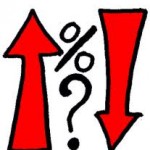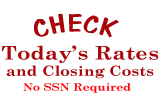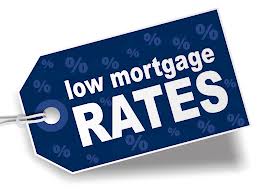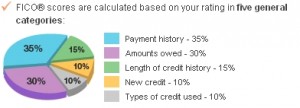In today’s market, it is pretty common to pay cash for a home in the Twin Cities area. Maybe because you needed to act fast and didn’t have time to get a loan, or maybe because of the condition on the home, the house wouldn’t qualify for traditional financing.
Regardless of the reason, I speak with a lot of customer who pay cash for a home, then want to take a standard mortgage loan out against it right away. You may be able to take cash out, but there are rules to understand.
 Cash back after buying with cash rules
Cash back after buying with cash rules
While each lender may be slightly different, here is the common Freddie Mac rules for getting cash back.
Primary Residence and Second Homes Only:
If you’ve owned the home MORE than 6 months. Normal cash out refinance rules apply.
If you’ve owned the home LESS than 6 months, then ALL of the following requirements must be met to get the loan:
- The executed HUD-1 Settlement Statement from the purchase transaction must evidence that no financing secured by the subject property was used to purchase the subject property.
- The Borrower must be reflected as the owner of the subject property on the preliminary title report and there must be no liens on the subject property.
- Source of funds used to purchase the subject property must be fully documented.
- If funds were borrowed to purchase subject property, those funds must be repaid and reflected on the HUD-1 Settlement Statement for the refinance transaction.
- The amount of the cashout refinance Mortgage must not exceed the sum of the original purchase price and related Closing Costs, Financing Costs and Prepaids/Escrows as documented by the HUD-1 Settlement Statement for the purchase transaction.
- There must have been no affiliation or relationship between the buyer and seller of the purchase transaction.
- The cashout refinance Mortgage must comply with the applicable Loan-to-Value ratio limits and all other Freddie Mac requirements



 Another problem is many web sites don’t update daily, or even weekly. Newspapers, and other print media may have collected rate information on Wednesday morning for publication in Sundays paper. This week, that would leave people with quotes at least .375% to .500% lower than reality.
Another problem is many web sites don’t update daily, or even weekly. Newspapers, and other print media may have collected rate information on Wednesday morning for publication in Sundays paper. This week, that would leave people with quotes at least .375% to .500% lower than reality.





 Did you know the average cost of originating a mortgage climbed from $2,291 in 2009 to $3,353 in 2013? That’s because today, mortgage lenders must comply with about 350 different federal, state and local rules. Of course those charges are past on to you.
Did you know the average cost of originating a mortgage climbed from $2,291 in 2009 to $3,353 in 2013? That’s because today, mortgage lenders must comply with about 350 different federal, state and local rules. Of course those charges are past on to you.



